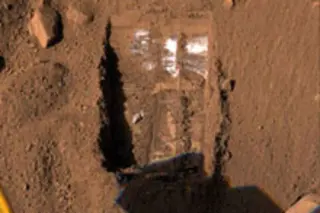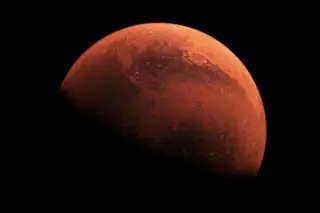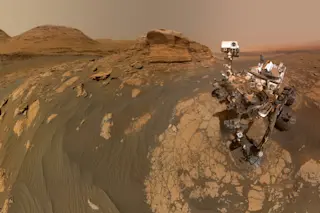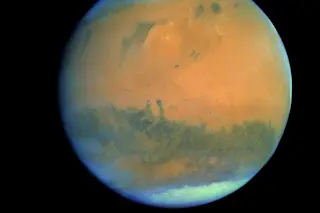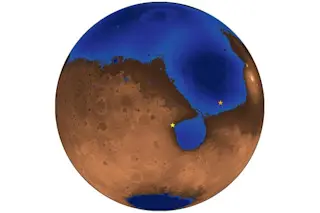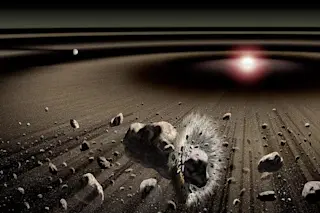The Phoenix Lander's mission on Mars, and its whole reason for existence, is to search for water ice on our neighbor planet. NASA landed its robot explorer near Mars' north pole, and scientists were delighted by a photograph of the surface beneath the Phoenix's feet that showed a white substance beneath the dirt. But the Phoenix came up empty while looking for ice in its first scoop of soil last week, leading NASA scientists to ruefully predict that they'll find the elusive ice in the next scoop. The Phoenix analyzed the sample in its Thermal and Evolved Gas Analyzer (TEGA), first cooking it to 95 degrees Fahrenheit, then boosting the temperature to 350 degrees. The instrument analyzed the gases given off by the warming sample, but found no water vapor. The circumstances surrounding this first test were not ideal, which could have skewed results. The Phoenix's robotic arm deposited the ...
Mars Phoenix Still Looking for That First Ice Cube
The Phoenix Lander mission aims to uncover water ice on Mars, crucial for understanding potential life on the planet.
More on Discover
Stay Curious
SubscribeTo The Magazine
Save up to 40% off the cover price when you subscribe to Discover magazine.
Subscribe

